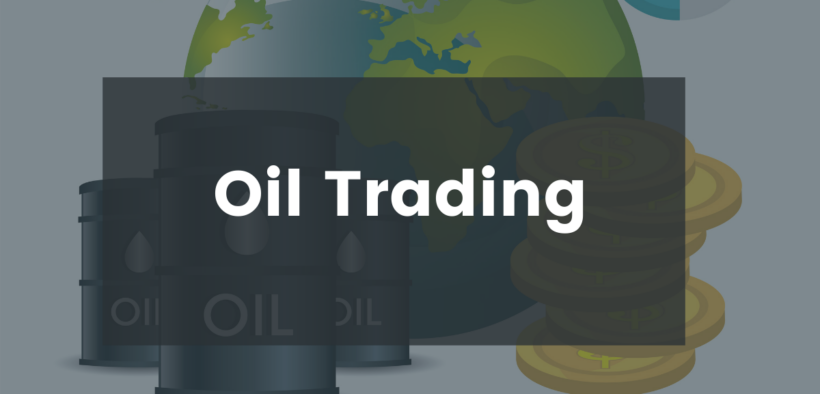3 Simple steps for oil trading
Share

Oil trading is an excellent opportunity to make profit in all market conditions due to its demand.
Many traders often fail to take full advantage of this business, either because they don’t have enough idea about it or because they’re unaware of the trading risks.
Oil market can give you a profitable future only if you know how to trade with this commodity with several trade strategies.
Oil trading
Crude oil is the primary energy source, making it a common and very demanding commodity to trade. It is a naturally occurring fossil fuel that can be refined into substances like gasoline (petrol), diesel, lubricants, wax and other petrochemicals. It is highly demanded and involves tight spreads, frequent charts & high volatility.
Oil trading works by allowing you to take a position depending on whether the market will rise or fall in value.
The Crude Oil market is a high liquidity market, where professional traders like to find opportunities to make profit.
Formulas for oil trading
Expert oil traders normally would follow a strategy by determining the fundamental factors that affect the oil prices. They would go for a trading strategy that suits their trading style. Each trading strategy is different from the other one.
Basic oil trading strategies include:
- Fundamental Analysis
- Technical Analysis
- Risk Management
Fundamental Analysis
The basic theory of supply and demand suggests that a decrease in supply should be succeeded by an increase in demand and consequently price. This is the fundamental analysis a trader would need to put into their strategy in order to identify potential buy signals in the market.
Technical Analysis
The next step would be to analyze the chart using technical analysis. There are various technical indicators and price charts a trader can use to look for signals and then enter the market. Before analyzing any chart, you first need to identify the overall trend of the market.
Risk Management
The final step in any trading strategy is to ensure risk management at every ending of a trade. Generally, you will be suggested to apply 1:2 risk-to-reward ratio in your trading. To manage risk, the trader should set a take-profit above the recent high and limit a stop-loss at the recent low.
OIl traders must know how to use leverage effectively and avoid top oil trading mistakes.
The Bottom Line
Oil trading and energy markets require very strategic skill sets to maintain consistent profit.
Market traders looking for oil trading must know what moves the commodity, the nature of the prevailing crowd, the long-term price history, and physical variations between different grades.











